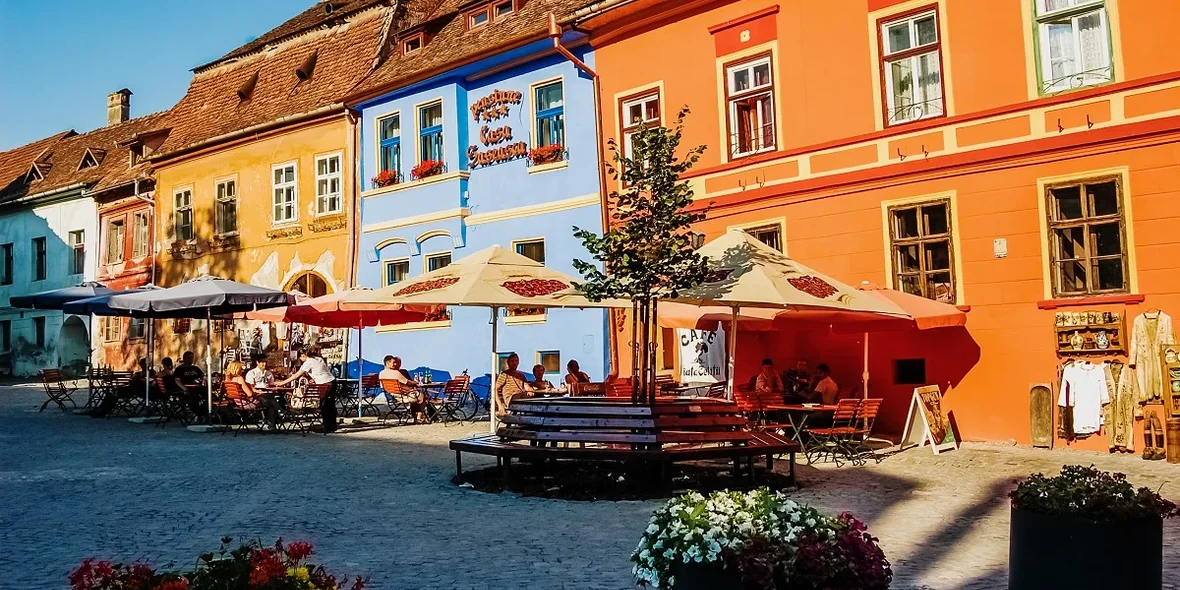
Homeownership Rates in Europe: Statistics and Trends
In which European countries are people most likely to buy their own home, and in which countries are they more likely to resort to alternatives? According to the latest Statista data, homeownership rates in 2023 range from the highest in Albania to the lowest in Switzerland.
Let's take a closer look at homeownership rates in some European countries in 2023:
|
Country |
Homeownership level |
|
Albania |
95,9% |
|
Romania |
95,6% |
|
Slovakia |
93,6% |
|
Serbia* |
91,6% |
|
Croatia |
91,2% |
|
Montenegro* |
91,0% |
|
Hungary |
90,5% |
|
Lithuania |
98,8% |
|
Poland |
87,3% |
|
Bulgaria |
86,1% |
|
North Macedonia*** |
85,8% |
|
Latvia |
82,8% |
|
Estonia |
80,7% |
|
Norway |
79,2% |
|
Portugal |
76,0% |
|
Czech Republic |
76,0% |
|
Spain |
75,3% |
|
Slovenia |
75,2% |
|
Italy |
75,2% |
|
Malta |
74,7% |
|
Belgium |
71,9% |
|
Netherlands |
70,2% |
|
Greece |
69,6% |
|
Ireland |
69,4% |
|
Finland |
69,2% |
|
EU (27) |
69,2% |
|
Cyprus |
68,8% |
|
Luxemburg |
67,6% |
|
Great Britain**** |
65,2% |
|
Sweden |
64,9% |
|
France |
63,1% |
|
Denmark |
60,0% |
|
Turkey |
56,7% |
|
Austria |
54,3% |
|
Germany |
47,6% |
|
Switzerland |
42,3% |
* data for 2022
** data for 2021
*** data for 2020
**** data for 2018
The data shows that countries with more developed rental markets, such as France, Germany, the UK and Switzerland, have lower homeownership rates than Eastern and Southern Europe. This is due to differences in preferences, policies and housing market dynamics across the continent.
It should also be noted that average housing costs and the availability of new housing stock play a significant role in shaping homeownership patterns in Europe. Generally, countries with lower homeownership rates are characterized by higher house prices, while countries with higher rates tend to offer more affordable options.
Details by Region
Analyzing regional differences in homeownership rates, there are several key factors that influence this trend:
- The maturity of the rental market. Countries with mature rental markets, such as Germany, France and Switzerland, have a wide range of affordable rental housing. This leads to lower rates of homeownership. In contrast, in Eastern European countries where the rental market is less developed, people are more likely to prefer to own their own homes.
- Mortgage affordability and government support. In countries where mortgage lending is more affordable and where the government actively supports homeownership programs, homeownership rates tend to be higher. For example, Slovakia and Serbia have high homeownership rates due in part to active government incentive programs.
- Cultural and historical factors. Housing traditions and preferences vary considerably across countries. In some countries, such as Albania, owning one's own home is perceived as an important social and cultural status, which contributes to high homeownership rates.
- Cost of housing. Countries with higher housing prices tend to have lower levels of homeownership. For example, Switzerland, Austria and Germany, where average housing costs are much higher than in Eastern Europe, show lower rates of homeownership.
- Demographic changes. Population aging and migration to urban areas also affect homeownership patterns. In countries with rapidly growing urban populations, such as Ireland, the demand for affordable rental housing is often higher than for buying one's own home.
Understanding regional variations in homeownership rates can be a valuable resource for policy makers, urban planners and real estate professionals seeking to address housing challenges and create sustainable communities across Europe.
For example, in France, where the homeownership rate is relatively low by European standards at 63.1%, the government actively supports affordable rental housing programs. This helps ensure affordable housing conditions for the majority of the population, especially in large cities where real estate prices are very high.
In Germany, where the homeownership rate is only 47.6%, the rental market is strongly developed. Around 50% of Germans rent, with stable access to affordable options, including government support. This makes the German housing market more flexible and accessible to a broader population.
At the same time, in Eastern European countries such as Slovakia (93.6% homeownership) and Romania (95.6% homeownership), the private homeownership model prevails. This is due to both historical preferences and more affordable government-backed home purchase options. However, this model carries risks related to the lack of flexibility and affordability of rental housing for mobile populations.
Clearly, there is no single “ideal” homeownership model for Europe. Each country must find a balance between supporting homeownership and developing a rental market that best meets the needs of its citizens. Further study of regional specificities and exchange of best practices can help European countries to improve their housing policies.
Author
I am responsible for editorial work. I write expert interviews and guides.


















